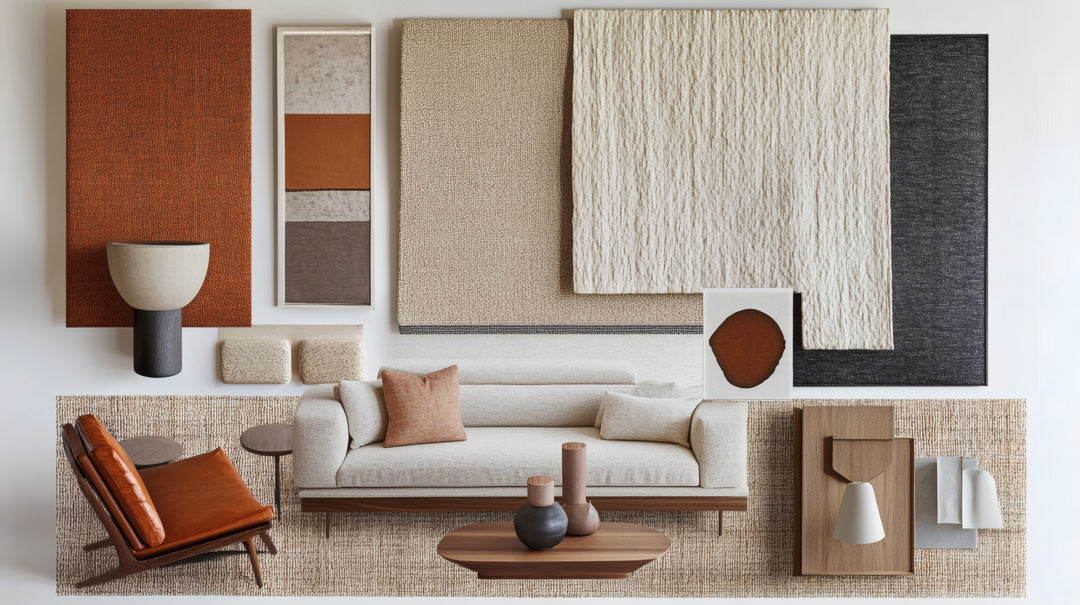
Introduction
Your bedroom is more than just a place to sleep—it’s your personal retreat from the outside world. A well-designed bedroom can enhance relaxation, improve sleep quality, and support emotional well-being. The goal is to create a space that promotes peace, comfort, and serenity.
In this guide, we’ll explore practical and inspiring ways to turn your bedroom into a relaxing retreat, no matter your budget or room size.
1. Choose Soothing Colors
Color has a direct effect on mood. For a calming atmosphere, stick with soft, muted tones such as pale blues, warm greys, soft greens, beige, or crisp whites. These shades promote tranquility and help you unwind at the end of the day.
Avoid overly vibrant or stimulating colors in the main sleeping area, but feel free to use them as subtle accents in decor or artwork.
2. Invest in Comfortable Bedding
One of the most impactful ways to improve your bedroom is by upgrading your bedding. Choose breathable fabrics like cotton, linen, or bamboo for sheets and pillowcases. Layer with a soft duvet, cozy blankets, and plush pillows.
Use neutral or monochrome colors to create a hotel-like atmosphere, or add gentle textures like quilted throws for warmth and elegance.
3. Keep the Room Clutter-Free
Visual clutter can cause mental stress. Keep surfaces like nightstands, dressers, and floors clear and tidy. Use baskets, under-bed storage, and organizers to store items out of sight while keeping them accessible.
Limit decorative items to a few meaningful pieces to maintain a sense of openness and peace.
4. Use Soft, Layered Lighting
Lighting plays a crucial role in setting the mood of your bedroom. Avoid harsh overhead lighting. Instead, opt for a mix of ambient and accent lights:
- Table lamps with warm-toned bulbs
- Wall sconces for soft directional light
- String lights or LED strips for a dreamy glow
- Dimmer switches for adjustable brightness
Layered lighting helps transition the space from day to night, supporting your body’s natural rhythm.
5. Add Natural Elements
Bringing nature indoors enhances calm and wellness. Consider adding houseplants such as snake plants, peace lilies, or lavender for both aesthetic and air-purifying benefits.
Wooden furniture, woven baskets, and natural fiber rugs also introduce a grounding, earthy vibe to the space.
6. Prioritize a Peaceful Layout
Arrange your furniture to support flow and openness. Avoid placing your bed directly in line with the door if possible—a principle borrowed from feng shui for better rest.
Keep the pathway to the bed clear and avoid overcrowding the room with unnecessary furniture. The goal is ease of movement and mental clarity.
7. Use Calming Scents
Scent can have a powerful effect on relaxation. Add aromatherapy elements like essential oil diffusers, incense, or scented candles in calming fragrances such as lavender, chamomile, sandalwood, or eucalyptus.
These scents help create a sensory environment that promotes rest and comfort.
8. Create a Tech-Free Zone
To improve sleep and relaxation, minimize technology in your bedroom. Avoid placing TVs, laptops, or work desks near the bed. If you use your phone as an alarm, consider switching to a traditional clock to reduce screen time before bed.
Instead, create a corner for reading, journaling, or quiet reflection to establish a healthy wind-down routine.
9. Add Personal and Mindful Touches
While minimalism promotes serenity, adding personal elements can make your bedroom feel more nurturing. A favorite photo, a calming piece of art, or a handwritten quote on the wall adds emotional comfort.
Mindful items like meditation cushions, calming books, or soft music also encourage a restful environment.
10. Maintain Freshness and Cleanliness
A relaxing bedroom should also feel clean and fresh. Keep bedding clean, open windows regularly for ventilation, and vacuum rugs or carpets to reduce allergens. A clean room not only looks better but also contributes to better sleep hygiene.
Add a natural linen spray or essential oil mist to bedding for a luxurious, spa-like touch.
Conclusion
Turning your bedroom into a relaxing retreat doesn’t require major renovations—just thoughtful choices in color, layout, texture, and ambiance. With a few intentional updates, you can create a space that feels like an escape from daily stress and a sanctuary for rest.
Remember, your bedroom should be the most comforting space in your home—a place that not only welcomes you at the end of the day but also prepares you for a peaceful, restful night.






